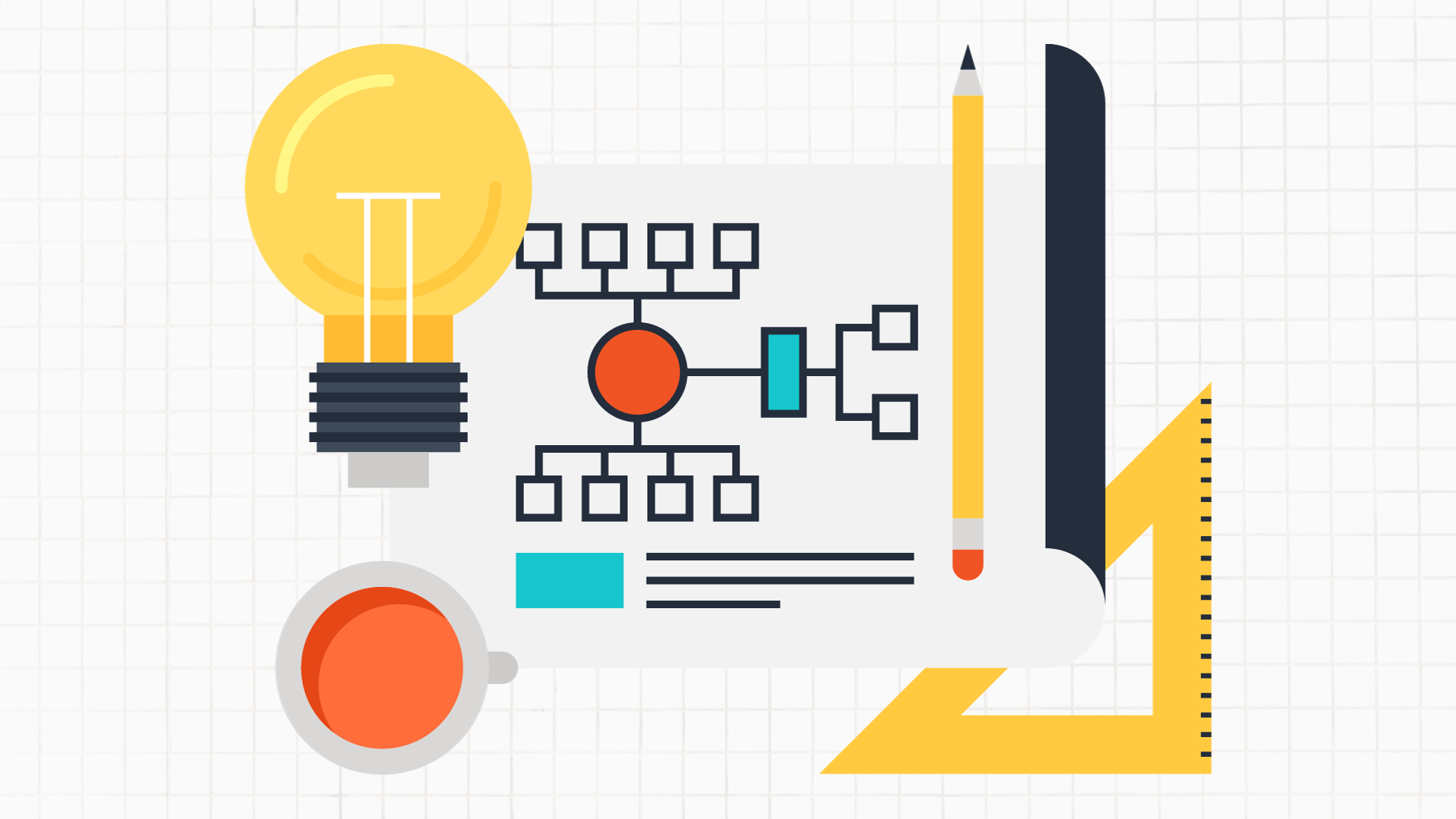Table of Contents:
- What Is a Workflow Plan?
- The Benefits of Creating Workflow Plans
- Key Components of a Workflow Plan
- How to Write a Workflow Plan
- Common Purposes and Uses for Workflow Plans
- Examples of Effective Workflow Plans
Introduction
Businesses across industries face the challenge of processing vast amounts of information, adapting to rapid changes, and solving complex problems daily.
As a professional in today's fast-paced work environment, having a clearly defined workflow plan is essential to your success and productivity.
A workflow plan outlines the steps required to complete a task or project, ensuring nothing falls through the cracks and all work is done efficiently.
When you establish a thoughtful workflow plan, you gain clarity on priorities, dependencies are mapped out, and accountability is built in.
With a step-by-step workflow in place, you'll experience less stress and fewer errors.
In this article, you'll learn exactly what a workflow plan is, the benefits of creating one, how to write an effective workflow plan, the different types of plans for various purposes, and examples to help you get started.
By the end, you'll be equipped with the knowledge to build a workflow plan that optimizes your work.
What Is a Workflow Plan?
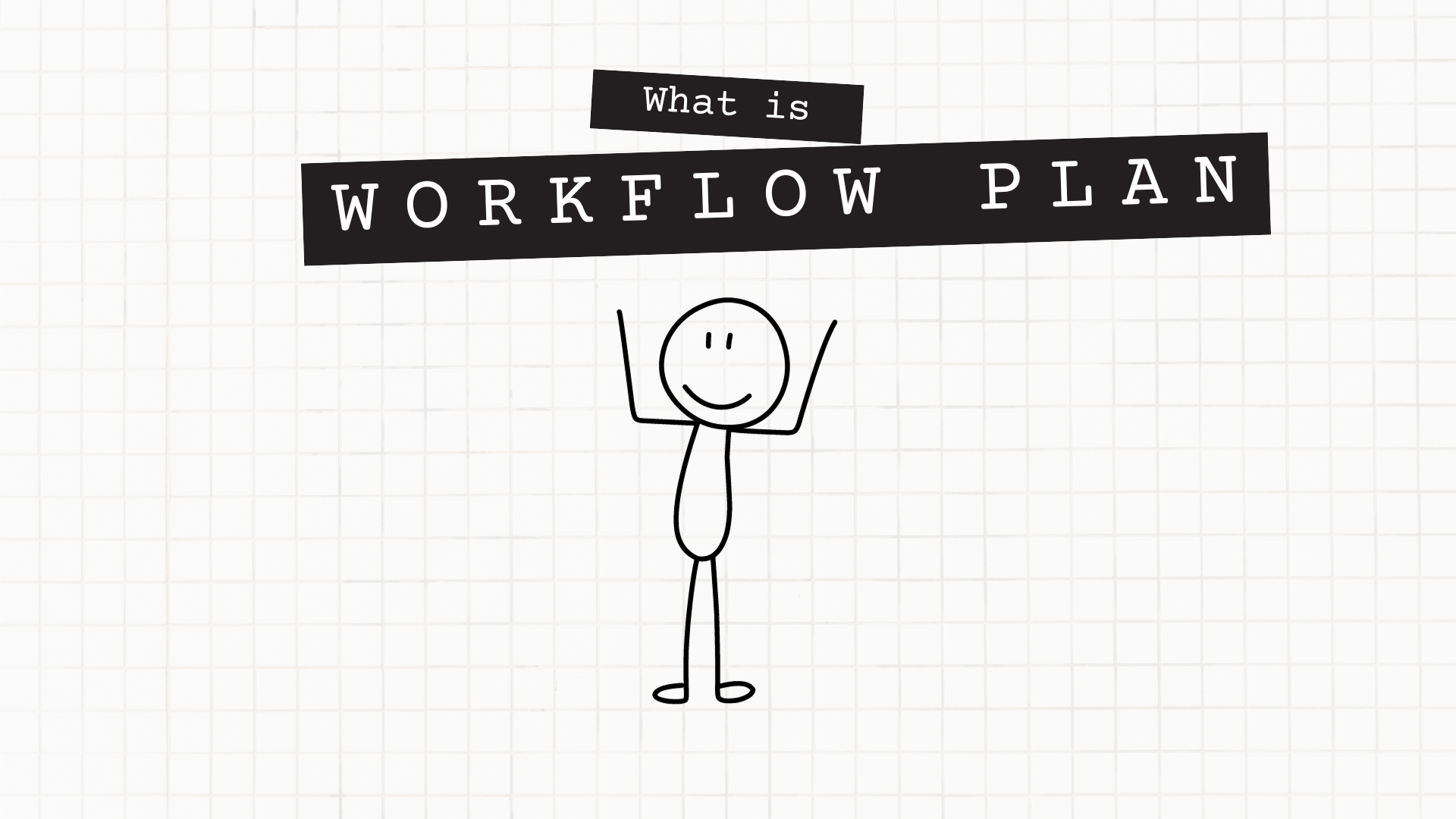
A workflow plan is a structured framework that outlines the steps, decision points, roles, resources, and tools required to perform specific business processes.
It documents the sequence of activities and the parties responsible for each step.
Workflow plans provide an overview of how work will be done and the timeline for completion.
Workflow plans provide guidance for completing both routine procedures as well as complex, cross-functional processes.
They are useful for onboarding new hires, ensuring compliance, and improving productivity.
With regular review and updates, a well-designed workflow plan can enhance how work gets done in any organization.
Read about what is workflow automation and why you need it.
The Benefits of Creating Workflow Plans
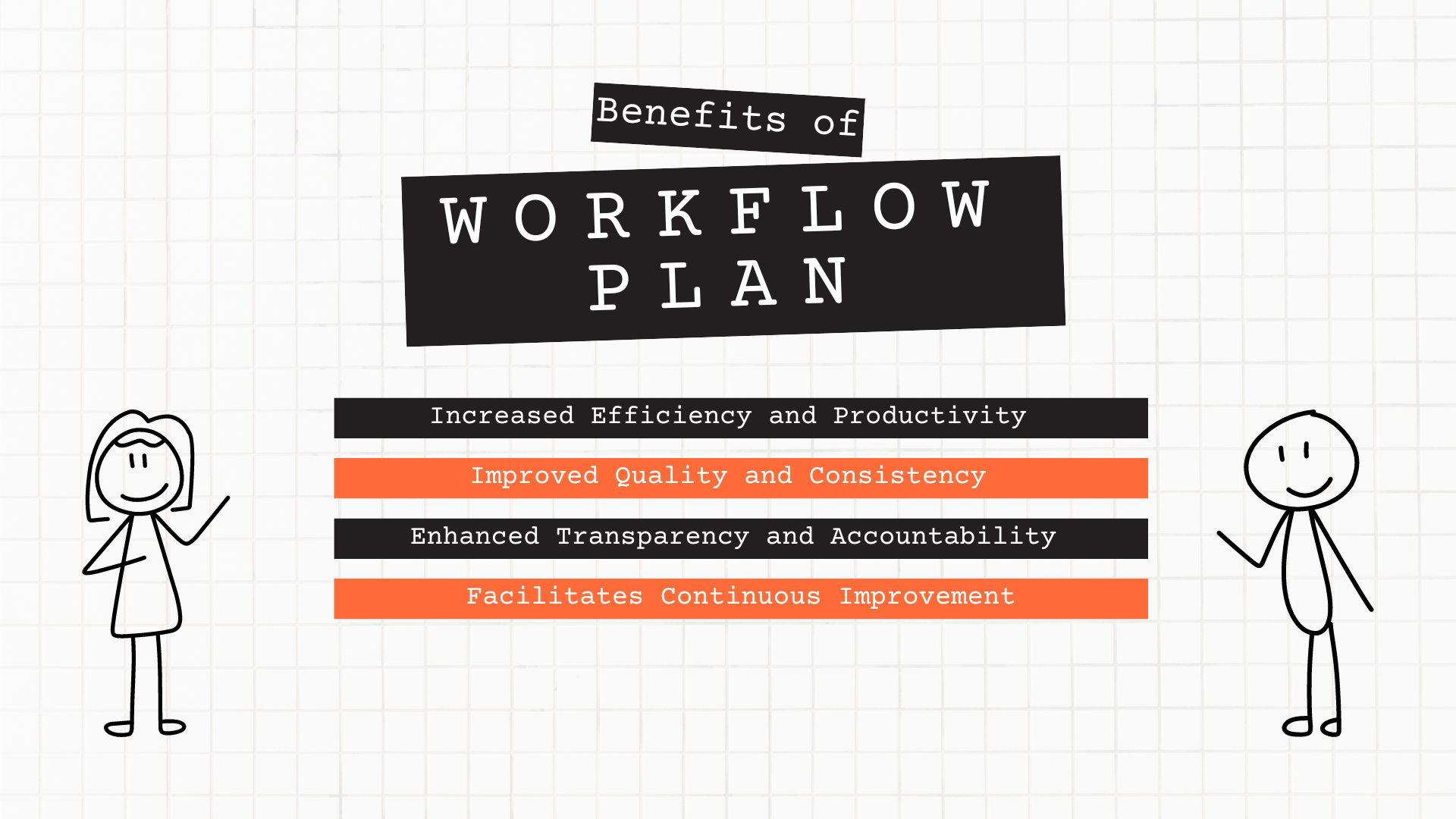
Creating workflow plans provides several benefits to both individuals and organizations. Some key benefits include:
Increased Efficiency and Productivity
Workflow plans streamline processes by eliminating wasted time and effort. They provide a structured sequence of steps to complete tasks efficiently and effectively.
Following an established workflow plan allows you to avoid doubling back, repeating steps, or skipping important milestones. The end result is higher productivity and output.
Improved Quality and Consistency
Documented workflow plans establish standard procedures to follow each time a process is completed.
This helps ensure consistency and high-quality results. Employees have clear guidelines to follow, allowing them to meet established benchmarks and standards.
Workflow plans also make it easier to train new team members by providing a reference for how things should be done.
Enhanced Transparency and Accountability
Written workflow plans provide visibility into how critical business processes are completed. They disclose each step in the sequence and who is responsible for each task.
This makes it easy to determine if plans are being followed properly and identify any breakdowns or bottlenecks.
Accountability is also increased since each team member knows exactly what is expected of them at each stage of the process.
Facilitates Continuous Improvement
Regularly reviewing and updating workflow plans allows for ongoing process optimization. As inefficiencies or new requirements are identified, plans can be modified to incorporate improvements.
Revised plans are then put into practice, measured, and tweaked as needed to achieve the best results.
This cycle of continuous improvement helps ensure workflow plans remain relevant and effective over time.
Tired of losing time to tedious and repetitive tasks? Look no further! Sanka efficiently streamlines all aspects of your work process with just a few clicks. Whether you're aiming to save costs or grow your business, we power up your business with more efficient processes.
Key Components of a Workflow Plan
Writing a workflow plan involves understanding and capturing its key components.
This organizational tool will not only aid in streamlining processes but also set a strong foundation for your team's efficiency and success.
Here are the crucial elements that make up a comprehensive workflow plan:
1. Objective of the Process:
The first step in drafting a workflow plan is defining the process's objective. This could be anything from resolving customer complaints to releasing a new product, but the aim should be clear to provide directives for the overall plan.
2. Tasks:
Detail the tasks that need to be accomplished to achieve the objective. This should break the goal down into manageable steps, making it easier to execute and monitor.
3. Sequence:
The sequence or order in which the tasks will be carried out is just as important as the tasks themselves.
It ensures there is a clear pathway from start to finish, eliminating confusion and potential bottlenecks in the process.
4. Roles and Responsibilities:
Every task in a process probably requires a specific skill set or authority level. Clearly defining who is responsible for each stage of the workflow eliminates ambiguity, ensures ownership, and helps prevent tasks from being overlooked.
5. Decision Points:
There may be several decision points or stages in the process where a decision needs to be made to move forward.
Identifying these in advance allows you to prepare and ensure the workflow doesn't stall.
6. Tools and Resources:
What tools or resources are required to complete each task? This might include software, equipment, or even access to specific information.
By identifying these needs upfront, you can avoid delays during the process.
7. Timeframe:
Each task should have an estimated timeframe for completion. This not only helps in tracking progress but also enables better workload management and ensures that the entire process is completed in a timely manner.
8. Potential Risks:
Identifying potential risks or hurdles can help you prepare contingency plans and ensure smoother workflow execution.
This might involve technical glitches, shortages of resources, or unavailability of key personnel.
9. Review Points:
Setting regular review points can help you gauge the effectiveness of the workflow and identify areas for improvement.
It acts as a control mechanism to ensure that the workflow is achieving the desired results.
10. Metrics for Success:
Lastly, to evaluate the effectiveness of your workflow, you should define what success looks like. This could be the time taken to complete the workflow, the quality of the output, cost-effectiveness, or any other relevant factor.
How to Write a Workflow Plan
A workflow plan outlines the steps required to complete a business process from start to finish. To develop an effective workflow plan, follow these guidelines:
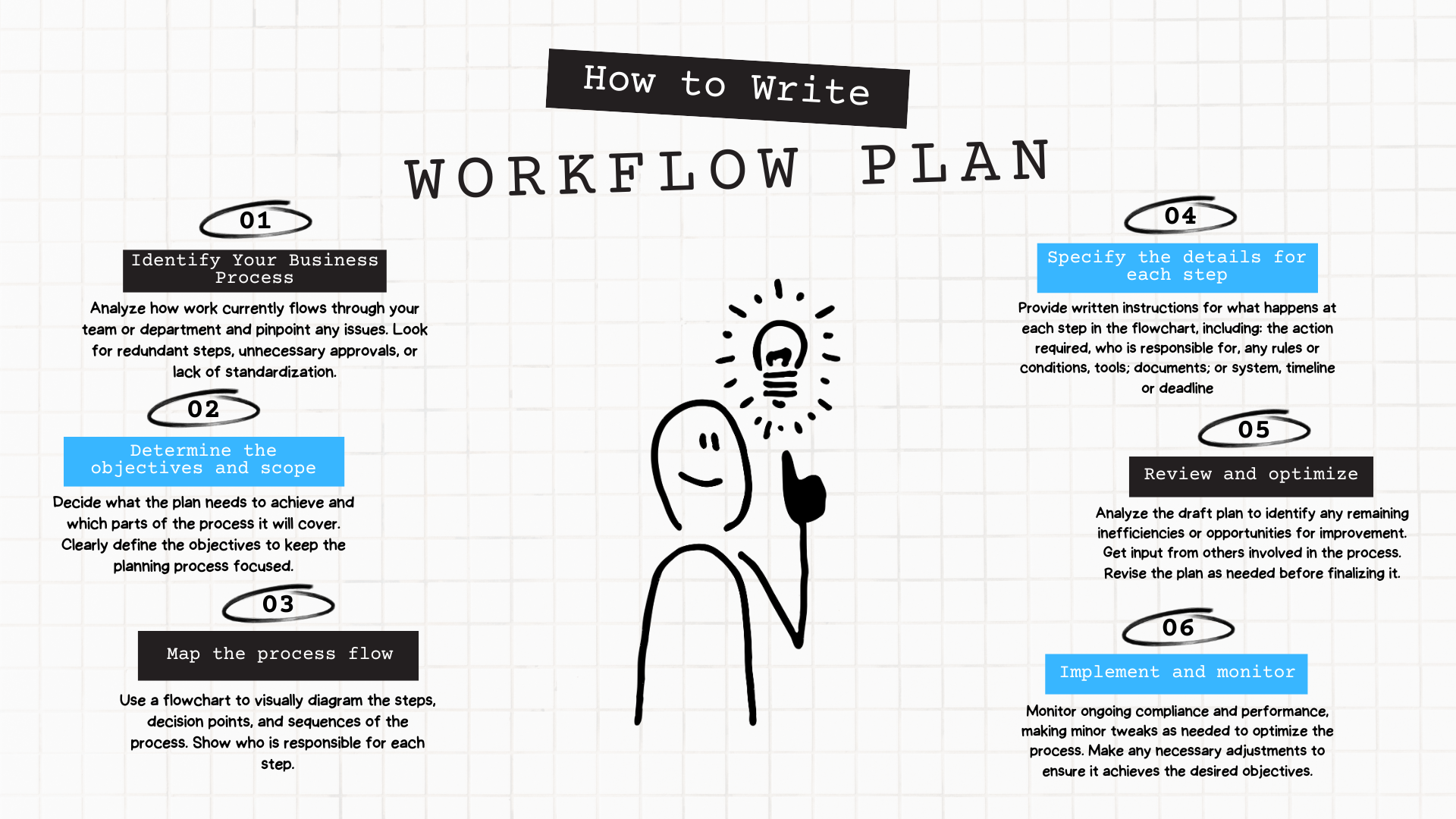
A comprehensive workflow plan will help streamline your business processes, increase productivity, and drive continuous improvement.
Following these steps will help you develop a workflow plan tailored to your needs.
Common Purposes and Uses for Workflow Plans
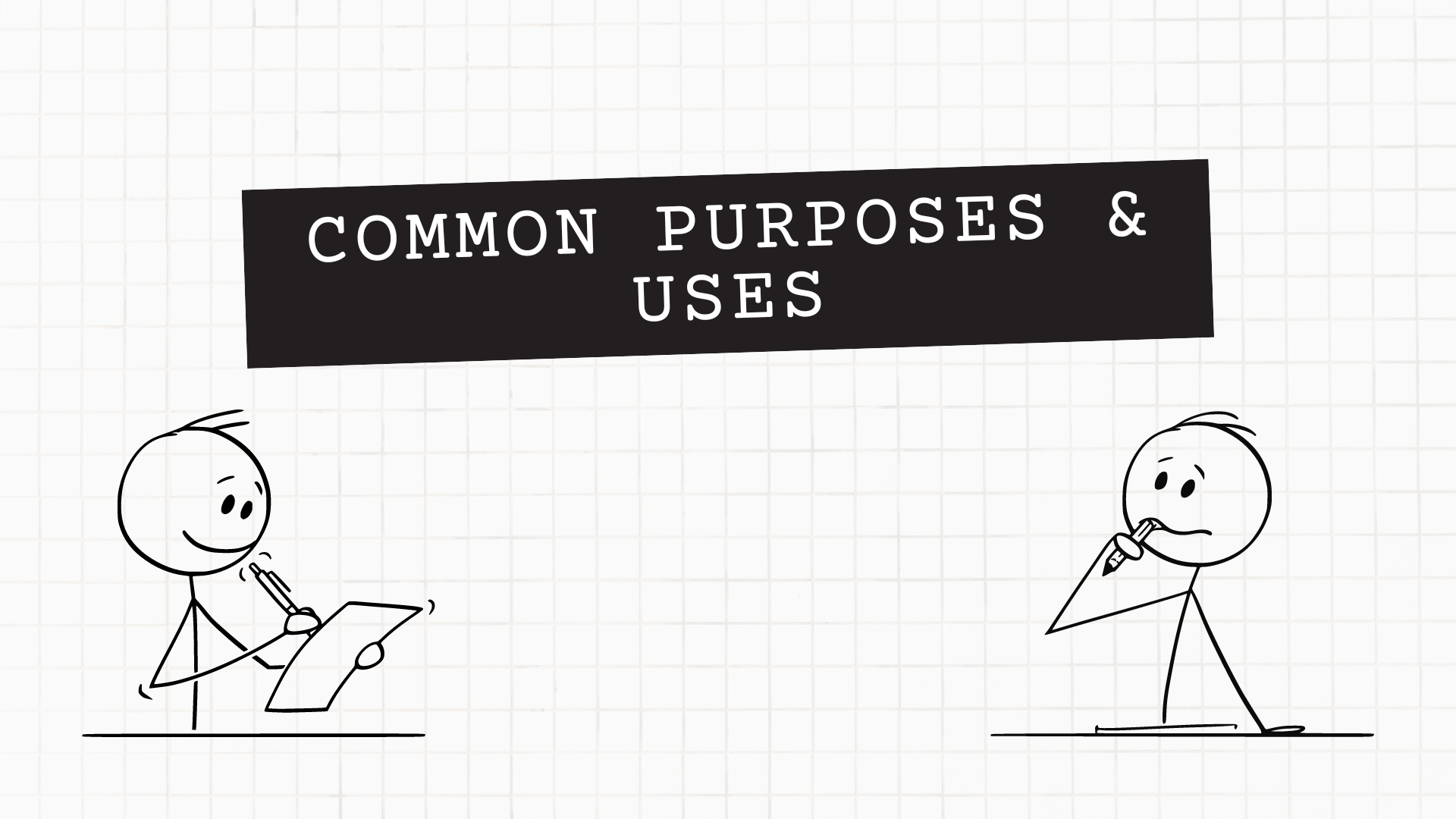
Workflow plans serve several key purposes for businesses and organizations. They help to outline and document standard procedures, ensuring consistency and efficiency.
They also facilitate training new employees by providing a reference for how tasks should be completed.
Workflow plans are commonly used in the following ways:
- Defining and mapping business processes. Workflow plans provide a visual representation of the steps required to complete a process from start to finish. They show the sequence of activities, roles and responsibilities, inputs and outputs, and tools or systems used along the way.
- Optimizing and improving processes. Analyzing current workflow plans can help identify bottlenecks, redundancies, and inefficiencies. You can then modify and redesign the plans to streamline processes and increase productivity.
- Ensuring compliance with rules and regulations. Workflow plans provide documentation that procedures are being followed properly to meet legal and regulatory requirements. They are often used for quality assurance, auditing, and accreditation purposes.
- Cross-training staff. Detailed workflow plans make it easier to train new employees or cross-train existing staff. Employees can follow the documented steps and procedures to learn how to complete tasks efficiently and effectively.
- Maintaining consistency. Established workflow plans help avoid confusion by providing a standard set of steps for how activities and processes should be completed. This consistency leads to higher quality outcomes and a better overall customer experience.
Examples of Effective Workflow Plans
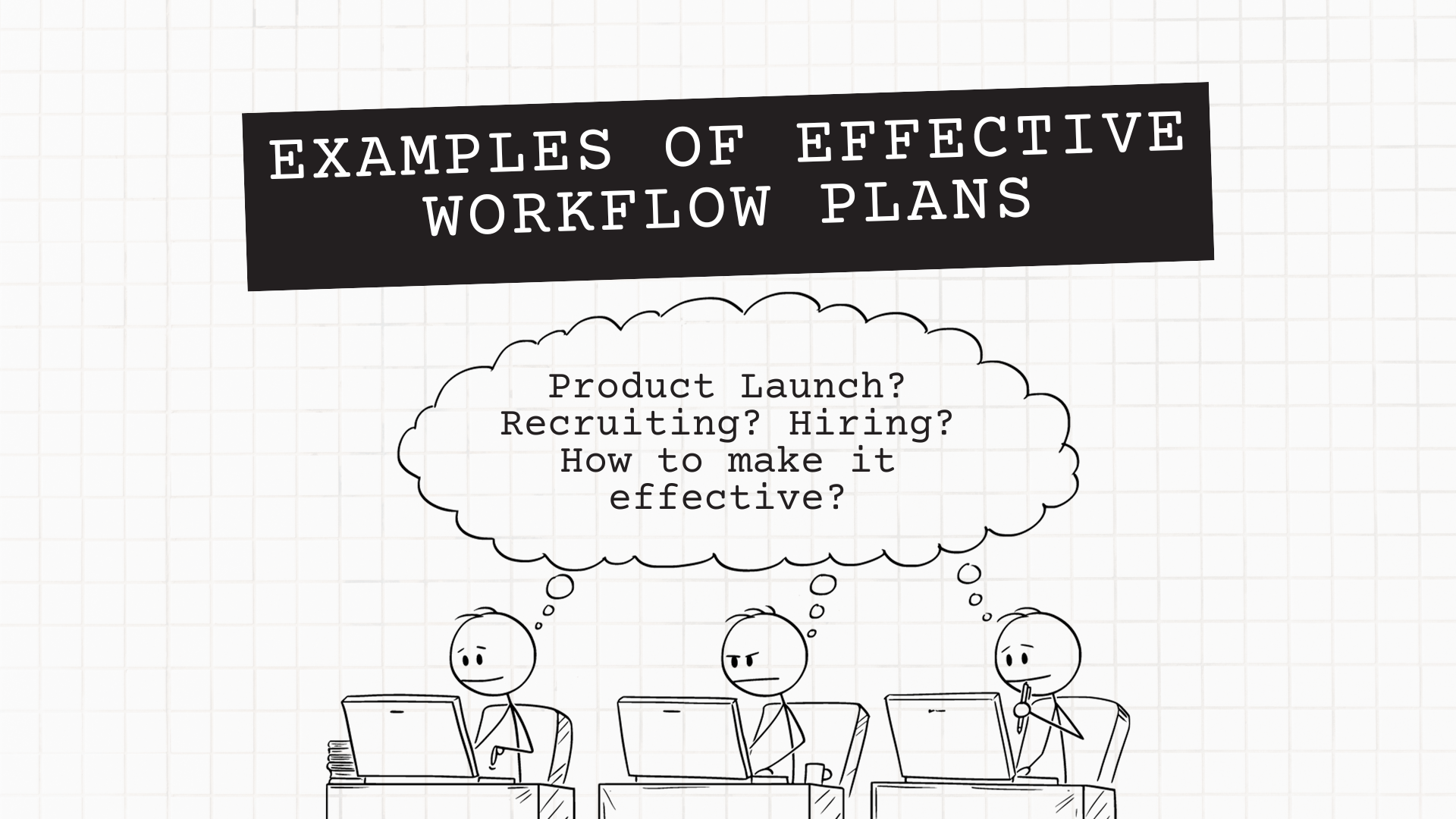
An effective workflow plan provides a structured sequence of steps to achieve a desired outcome or goal. Here are a few examples of effective workflow plans:
To launch a new product, a company may implement the following workflow plan:
- Conceptualize the product idea and target audience. Gather customer feedback.
- Create product specifications and designs. Develop prototypes.
- Source raw materials and components from suppliers.
- Manufacture and assemble the product. Conduct quality assurance testing.
- Plan the marketing campaign. This includes strategies for advertising, social media, email marketing, etc.
- Sell and distribute the product to customers. Provide support and service.
- Review sales and customer feedback. Make improvements to the product or workflow plan for the next version.
For recruiting and hiring new employees, a human resources department may use this workflow plan:
- Post job listings on the company website, LinkedIn, Indeed, and other job sites. Promote listings on social media.
- Review incoming applications and resumes. Contact and screen top candidates.
- Schedule phone or video interviews with candidates who meet the minimum qualifications.
- Invite the best candidates to an in-person interview. Have them meet with managers and teams.
- Check references and perform background checks on the top finalists.
- Make an offer to the selected candidate. Once accepted, handle onboarding and new hire paperwork.
- Provide training and resources to help the new employee succeed in their role. Schedule follow-up meetings to ensure a smooth transition.
Workflow plans provide an outline of repeatable actions that optimize how work gets done.
Following tried-and-true workflow plans saves time, and money and leads to improved outcomes. Adjustments can be made as needed to suit specific circumstances.
The key is to start with a solid plan, and then revise based on experience.
Conclusion
As you have learned, a workflow plan is a critical tool for organizing your daily tasks and activities to achieve optimal productivity.
By mapping out your key processes, identifying dependencies, and anticipating obstacles, you can gain greater visibility and control over your work.
With a thoughtful workflow plan in place, you will have a roadmap to guide you through the completion of key milestones and objectives.
You will minimize wasted effort and reduce redundancies. You will gain peace of mind knowing you have a system to keep you on track.
Ultimately, the time you invest to develop a comprehensive workflow plan will pay dividends through increased efficiency, higher quality work, and less stress.
Using the templates and examples provided, you now have the knowledge to build an effective workflow plan tailored to your unique needs and work style.
Implementing this powerful tool can have a transformative impact on your personal productivity and professional success.
